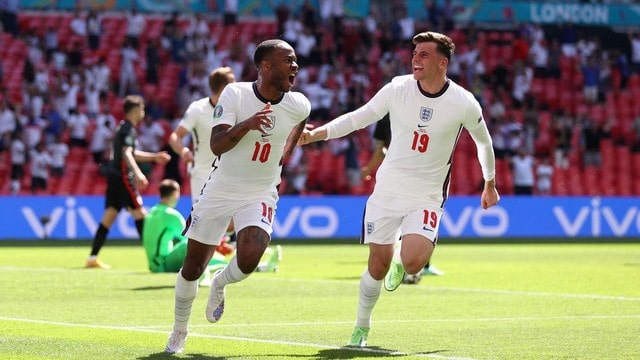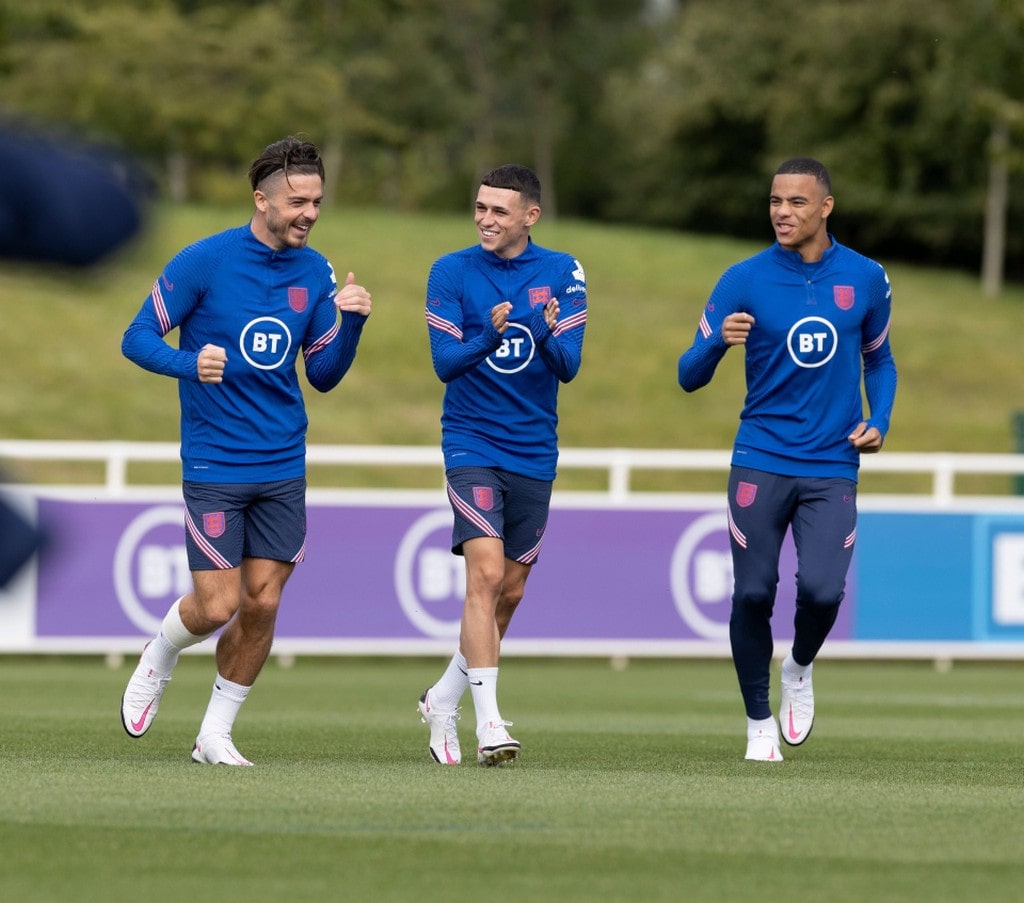ENGLISH FOOTBALL LEARNS FROM SPANISH FOOTBALL
The Spanish football model is a benchmark in the sport and a mirror in which the English want to see themselves reflected. Its modernization and success in the European Championship are proof of this.
England is the cradle of football. The history of this sport is linked to England. Football in this country has the privilege of witnessing from the front row the evolution of this sport, one of the most followed around the world.
Hand in hand with the evolution of football, this sport in England has also been making leaps in favor of development that have marked its future success. One of them was undoubtedly the creation of the Premier League (1993) and its explosion as a competition.
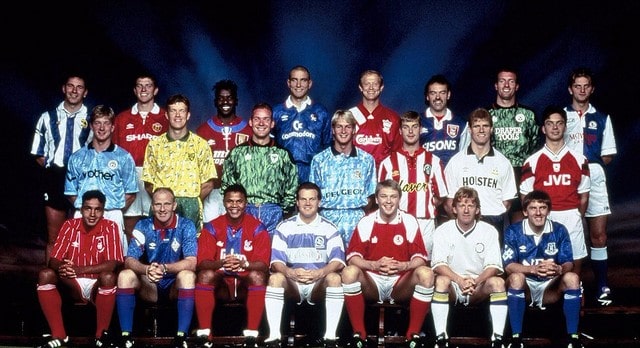
The other change that can be compared to the ‘bombshell’ that was the creation of the Premier League is the opening that English football has had in relation to Europe, but especially to Spain. The Spanish model of play in the last decade has been a revolution and in England they have been able to appreciate it to such an extent that they have taken it as a reference for the training of their talents.
This constant attraction of Spanish ideas and their effort in remodeling the English system, without abandoning their so recognizable and significant signs of identity in this sport, has led them to the highest competitive level, something that Germany already did in its day, even winning the 2014 World Cup.
Spanish and European coaches, youth training, a system of play that relies on positional play and a host of other aspects that have led England to its successful modernization. Modernization that, for example, can be seen in the transformation of positions and roles of its youngest elite players.
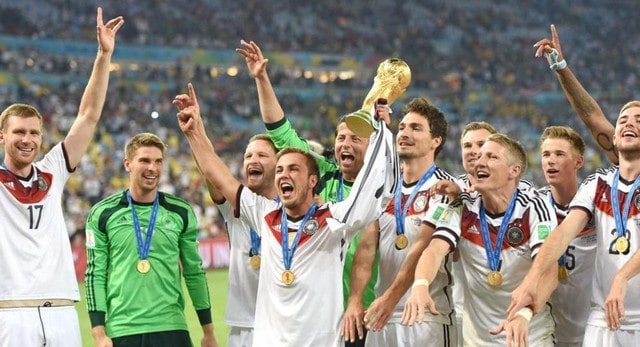
What is the most commonly used system of play in England?
English football is synonymous with 1-4-4-2 in which everything was in pairs. This historic formation has been shared by all English clubs throughout history, and of course! The England, Scotland, Wales or Northern Ireland national teams.
Two wingers, two reference strikers or the mixture of man-to-man attackers and skillful striker. Pairs of attackers as diverse as Toshack-Keegan, Heskey-Owen, Charlton-Best, Crouch-Rooney are examples of this philosophy.

A philosophy that opted for more pairs with different roles. In midfield, there were two different players, one containing and the other moving to the front of the opponent’s area (box to box). All the roles were defined, rigid, where quality and physique were the differentiating elements.
The first midfield players who began to break these immovable schemes were Frank Lampard and Steven Gerrard, two players who marked an era in their respective clubs and who served as a stimulus for the new midfielders.
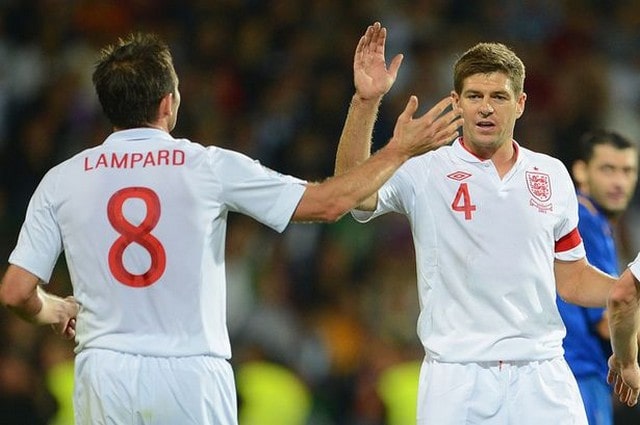
The revolution in English Football
Behind every player there is a coach. And the coaches who took a step forward in favor of the Europeanization and Spanishization of English football were Rafa Benítez and José Mourinho. Two coaches trained in Spain and with a total European point of view.
Far from the English context, Rafa Benítez and José Mourinho clashed with the ideas of two legendary coaches of English football: Alex Ferguson and Arsène Wenger. Patrick Vieira-Cesc Fabregas and Scholes-Fletcher are two of the most recognizable center midfield pairings from that era when Arsenal and Manchester United dominated the country. Not forgetting Gilberto Silva and Michael Carrick.
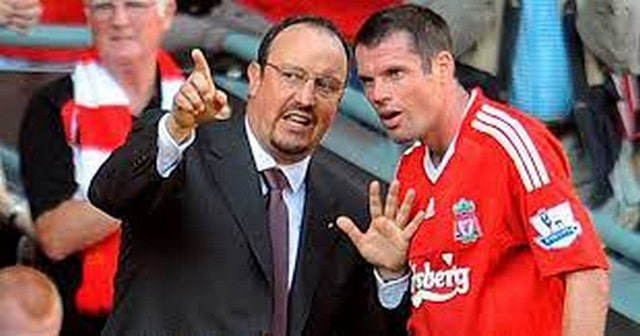
The new football demanded the loss of specialists, the reduction of spaces and the almost obligatory need to bring together more players inside to try to create these spaces through various concepts that have gradually taken hold, especially since the rise of Spanish and then German football.
It was during this boom that English football became aware of the need for an extra player in midfield. The new game proposals forced to modernize and an extra player in midfield was essential.
From 1-4-4-4-2 to 1-4-3-3
In fact, English football has made this need so much its own that, season after season, Premier League and Championship coaches have given more importance to their full-backs in the opposition half, competing with a midfielder and two inside midfielders, all in a system far removed from the traditional 1-4-4-2 and more modernized by the context (but not by the design) to 1-4-3-3.
In parallel to these new aspects, the inside midfielders have also undergone their own evolution over the last few years, to the point of having talented players in this position today. And, a priori, we are waiting for more players with this profile.
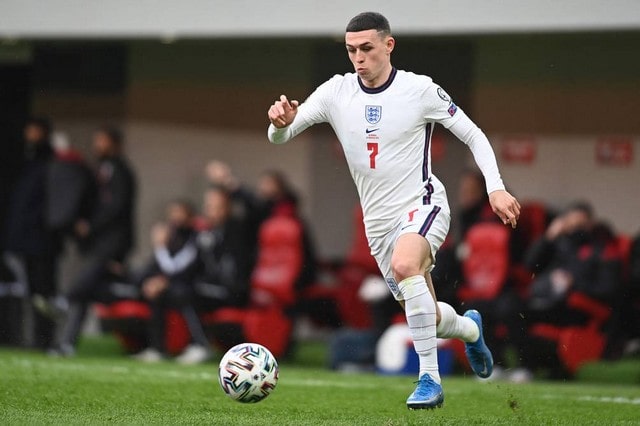
In Spain, the revolution of the inside midfielders was to convert many midfielders in possession and control of the game. Spanish teams are characterized by a medium pace and a much more positional game than the English. And that conversion was a tremendous leap in quality.
Players such as Isco, James, Silva, Lo Celso, Parejo, Canales, Ceballos, Pedri or Thiago Alcántara marked the path of the new English players. Many of these players have ended up playing in England, thus becoming masters of the new young English players.
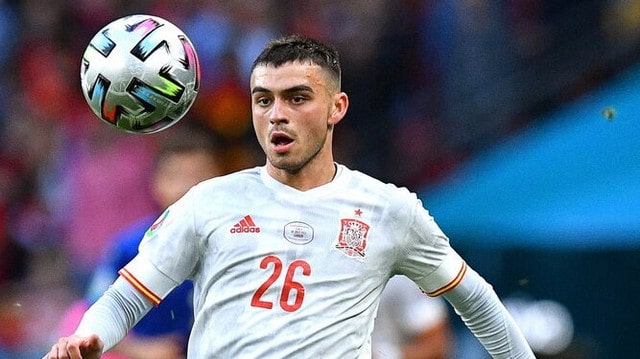
The best inside backs in the Premier League
The revolution of this position in England has been key to the success of recent years in England. In another era, these midfielders would have ended up playing as wingers, while now they have become world-class interiors: Foden, Grealish, Mount, De Bruyne, Maddison or Bernardo Silva.
Part of this change has come from the hand of coaches such as Lampard himself, Arteta, Ancelotti, Pochettino or Brendan Rodgers, but, above all, from Pep Guardiola. Without renouncing the English essence that differentiates them so much, what has happened in England is that the inside players are now a reality and an indispensable part for a large number of teams, curiously those competing for the league title.
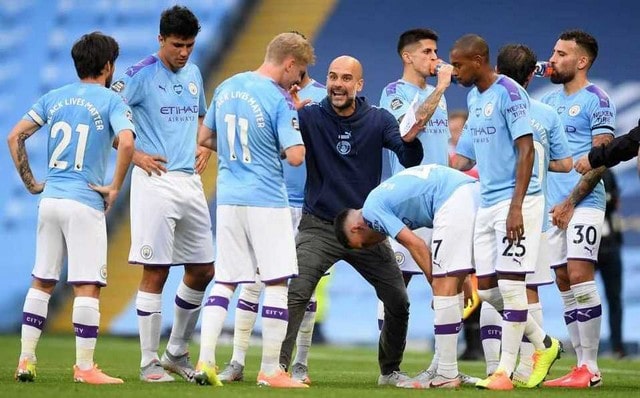
Anyone who watches these players play will not find it difficult to identify them as explosive and very unbalanced players, with a great ability to both reach the back line and drop to the wing. Unafraid of one-on-one play, they are capable of overcoming any defensive line to, in the end, assist or shoot.
A player of this profile is key in today’s football, which is marked by placing players behind the opposing midfielders so that the ball has support, can progress and then change pace, a crucial combination for the creation of space and depth. Spain understood it, Germany followed suit and now England has enhanced it. Welcome to the English football of the future.
